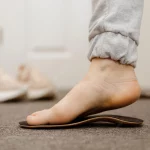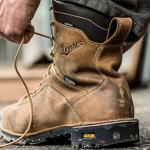Insoles don’t last forever, and the seriousness of using them and how they preserve the wellness of our shoes and feet. They not only fit practically all shoes, they additionally give your feet long-lasting support and cushioning, enabling you to continue working cheerfully.
Our insoles get so much use that they gradually lose many beneficial qualities. Most of us wonder when the ideal time is to replace insoles. If you have a set of high-quality insoles, changing them every six and nine months is recommended. Nevertheless, if you use your insoles consistently, they should last six months or less.
Yet, a lot of things can affect how long it lasts. The duration of insoles depends on how frequently you use them and the type of work you conduct. With frequent use, insoles must be replaced every 6 to 12 months.
However, we mentioned some of the factors throughout the blog. This will answer your question, “How often should I change my Insoles and orthotics”.
How Often Do You Need to Replace Your Insoles?
Insoles basically last 6-12 months with regular use. However, if you’re a rough user, like doing a lot of sports events, pounding your insole harder, then it may replace every 4-6 months. If you generally use it daily and your shoe insoles material is high quality, it can last a year or more. Source
It’s good to provide them with a checkup or replace them as necessary to ensure your insoles give your feet the proper balance of support and pleasure.
How long do insoles last
The lifespan of insoles depends on multiple factors, such as the quality of the insole, the durability of the insole, how often you wear it, and the impact of the activities you do (high impact vs. low impact). Most high-quality over-the-counter insoles will generally need to be replaced every 6-12 months, which is when shoes generally need to be replaced.
However, some soft insoles such as Dr. Scholl’s® wear quickly and will need to be replaced often, generally anywhere in the time frame of every 1-6 months1.
An insole made of memory foam will give comfortable support until the memory foam compresses. Once the foam is firmly compressed, the insole will need to be replaced1. Most of the insoles and orthotics last around six months to two years. Typically, with normal wear and tear, a pair of high-quality shoe insoles or orthotic arch supports should last six to nine months.
4 Signs That Indicate It’s Time to Replace Your Insoles

If you see these four signs, it’s the right time to get a new pair of insoles. So these are four signs that you need to replace your insoles.
Feel Pain on Foot: It may indicate that your insoles no longer offer sufficient comfort if you feel foot pain while walking or standing. The pain in your heels, arches, or balls of your feet indicates that it’s time for new insoles. Source
Compressed Cushion: Your feet will receive support and cushioning from insoles. It’s the right time for a new pair of insoles if you discover they are no longer as cushioned as they once were or if you see that they have flattened or compressed.
Visible Traces of Decay: Insoles may begin to deteriorate with time, particularly in pressure-prone locations like the heel or ball of the foot. It’s probably time to replace them if you spot any apparent symptoms of wear and tear, such as holes, splits, or cracking.
Unpleasant Odor: Insoles may develop into a haven for fungal and bacterial organisms that produce foul odors over time. Even after cleaning or airing them out, your insoles smell unpleasant; it may be time to replace your old insoles.
The Benefits of Wearing Good Insoles
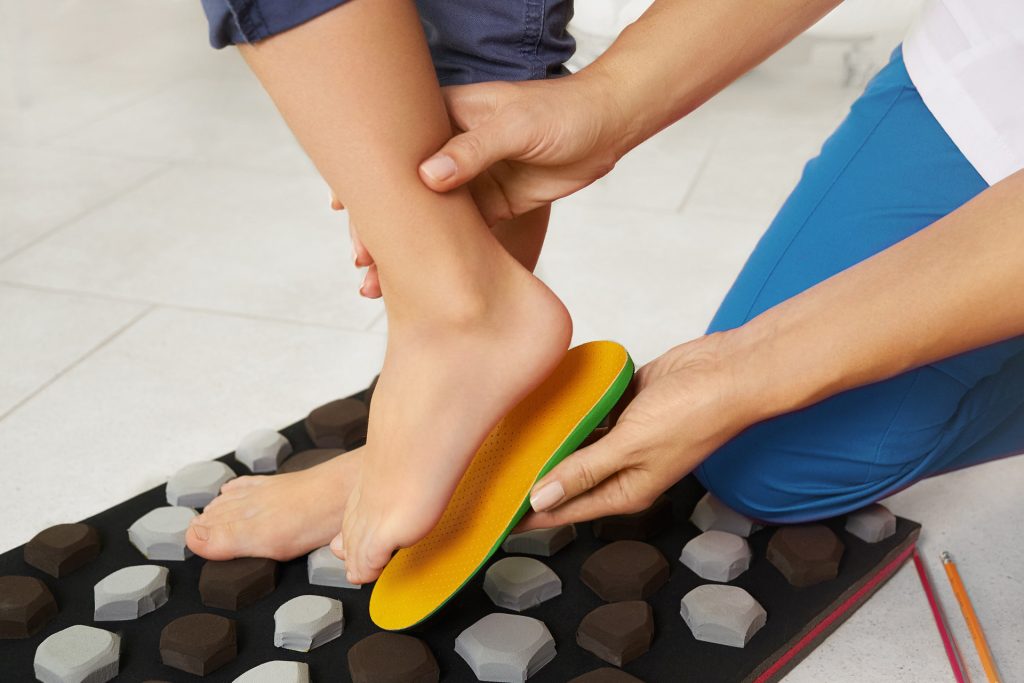
Insoles play a vital role in our day-to-day usage. It will last around three to six months. An insole keeps our feet and shoe healthy and protects our feet from several injuries. High-quality insoles are required for activities like jogging; it gives you confidence and keeps your feet stress-free.
By offering extra support, insoles can also help with pain relief, especially for people who suffer from disorders like plantar fasciitis, flat feet, or high arches. Also, insoles can help shock absorption and lessen the impact on your feet and lower limbs.
If you are Athletic and want to be the next Usain Bolt, you need a sport-specific insole that suits your user condition and gives you enough grip and confidence throughout the activities.
Overall, using insoles can be a quick and easy approach to enhance your quality of life while reducing pain and suffering and improving the health of your feet. Nonetheless, it’s crucial to pick the proper insole for your circumstances and consult a healthcare provider if you have any worries about your feet.
Could Your Orthotics Be Adjusted or Repaired Instead of Replaced?
Custom-made inserts or devices known as orthotics are intended to support and align your feet and ankles. Their efficiency may be affected if worn out or damaged over time. In some circumstances, orthotics may need replacement, but they can also be fixed or modified.
If the orthotics have worn out or become damaged, they can be repairable. This may entail repairing or strengthening the damaged portions or changing out any broken or malfunctioning components. It could be possible to alter the orthotics to create a better fit if they no longer fit correctly. Adjusting the device to make it more comfortable to wear may entail adding or deleting material.
Talking to an orthotics specialist is crucial to deciding on the most effective approach. They will be able to evaluate the state of your orthotics and advise whether adjustments or repairs may be made or if a replacement is required.
How Long Can Custom Orthotics Last?
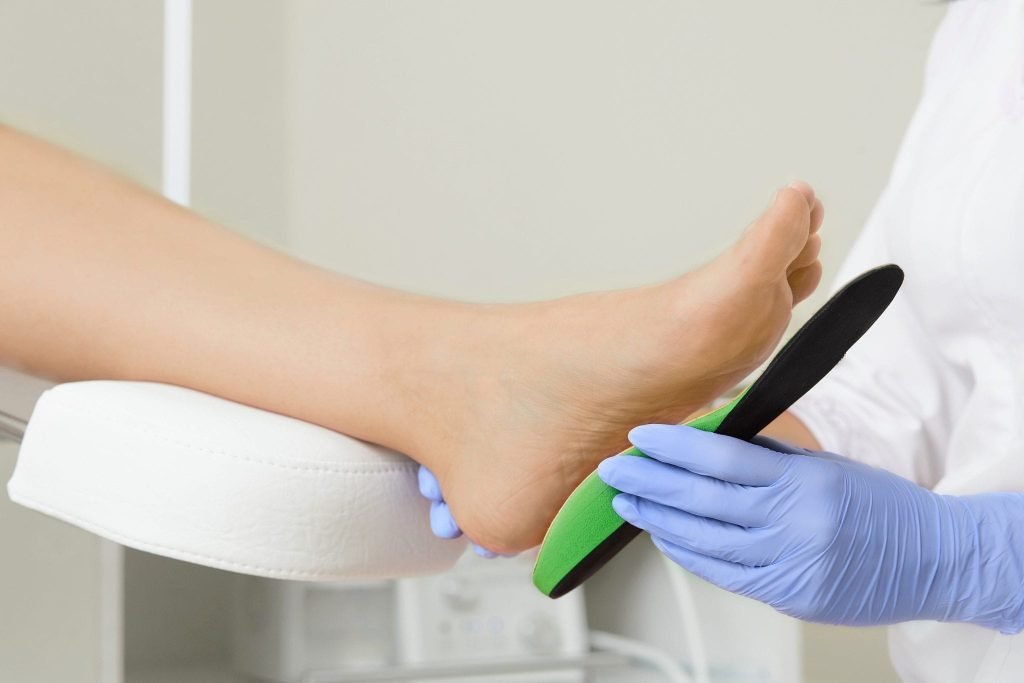
Personalized orthotics usually last 1 to 5 years. It’s important to know that lifespan varies depending on how they appear and are used. Regular reviews and awareness of the early indications will assist you in getting the most out of your orthotics during your lifetime.
However, almost all bespoke orthotics will work effectively for you for at least a year generally, more like 3-5 on average, unlike the inexpensive and light insoles you can buy over the counter, which may only last a few months. Some people have gone much further than that!
The quality of the materials and the customizing to the individuals are the two primary contrasts in this case. Custom orthotics are not only more structurally durable overall, but they also handle forces better because they precisely fit your foot.
How Often Should I Change My Orthotics?
Orthotics last a bit longer than insoles. It is comparable to your car’s wheels. It doesn’t, regardless of how long you’ve owned them; what counts is how many miles you’ve driven on them. There is no such rule that notifies you when your orthotics are no longer doing their job of supporting your foot.
Consider replacing your shoe orthotics every two to three years as a rough rule of thumb. Consult with a qualified orthotist or pedorthist to determine whether your current orthotics are enough or need change.
How Long Do Arch Support Insoles Last?
Arch support insoles typically last around six to twelve months, depending on usage and quality. If you use your insoles daily and for high-impact activities such as running or playing sports, they may only last around six months before they lose effectiveness. However, if your insoles are made with high-quality materials and used for low-impact activities such as walking or standing, they may last up to twelve months.
It is essential to replace your insoles once they show signs of wear and tear or become uncomfortable. This will ensure your feet receive the proper support and prevent potential injuries. Regularly changing your insoles is also essential for maintaining good foot health and overall comfort.
Conclusion
In this article, we try to solve the queries related to your shoe soles and orthotic. How frequently do they need to be replaced? How much arch support and cushioning are required for your feet? The effect of wearing wear and tear insoles to your feet and shoe.
Insoles and orthotics can be very effective for those with foot pain or discomfort. They can also be a crucial tool for maintaining good foot health. To continue enjoying their advantages, it is crucial to understand when to replace them. Depending on usage and wear & tear, insoles should typically be changed every six months to a year.
Moreover, orthotics may last longer, up to three years or more, but if you are unsure, it is recommended to visit a healthcare specialist. Insoles or orthotics that are worn out may no longer be effective or offer insufficient support, which can exacerbate discomfort or agony. The intended benefits of insoles and orthotics can be maintained by routine replacement, improving your foot health and general quality of life.
Sarah Zane is a talented content writer who specializes in the fashion industry. With years of experience in creating engaging and informative content, Sarah has established herself as an expert in the field of footwear. She currently works at Shoe.com, where she creates compelling articles and product descriptions that help customers make informed purchasing decisions. In her free time, Sarah enjoys exploring new shoe trends and experimenting with different styles. Her passion for fashion is evident in her writing, which is both entertaining and informative. Whether you're looking for the latest sneaker release or tips on how to care for your leather boots, Sarah's expertise is sure to provide valuable insights.

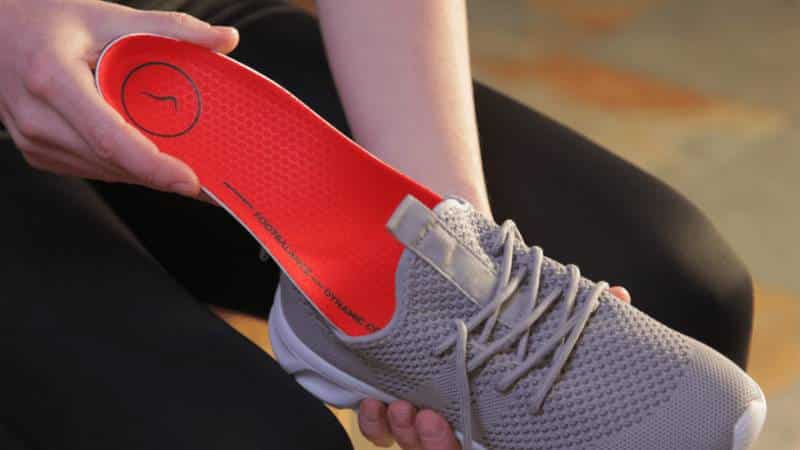

![10 Most Comfortable Clear Heels [year] 2 10 Most comfortable clear heels](https://shoefleur.com/wp-content/uploads/2023/06/Most-comfortable-clear-heels-150x150.jpg)

![Best Beach Sandals & Flip-Flops For Women [year] 4 Best beach sandals for women](https://shoefleur.com/wp-content/uploads/2023/05/Best-beach-sandals-for-women-150x150.png)



